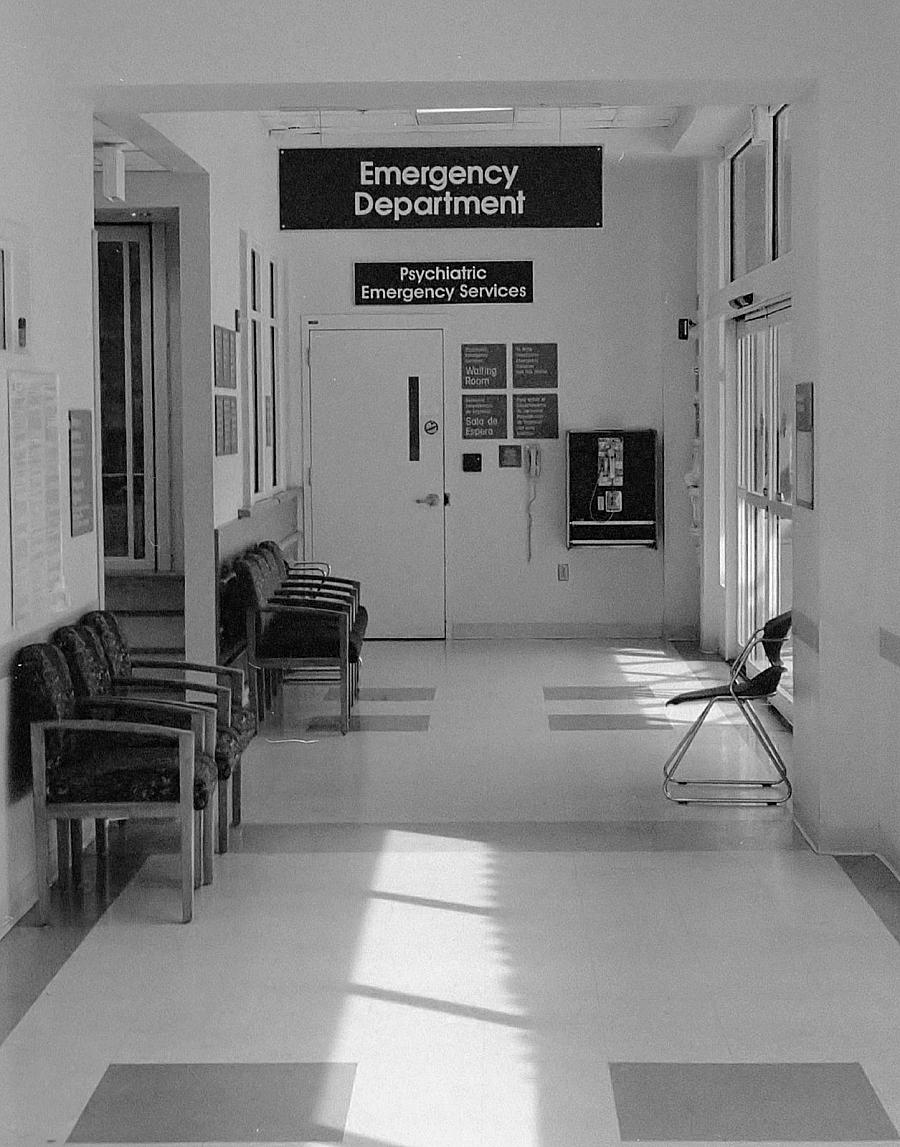Cheesecake Medicine: More Tips from Prognosis: Profits Investigative Series on Hospital Profits

On Friday, I shared some tips from the Prognosis: Profits series by The News & Observer and The Charlotte Observer. Here are three more lessons you can learn from the series.
Outsource for expertise. To understand how hospitals are marking up their prices, the reporters turned to someone with more experience in that field. This is something reporters don’t do enough. Many like to keep all research secret until the publication date. The team wrote:
Such markups trouble – but no longer surprise – Jason Beans, the CEO of Rising Medical Solutions, a Chicago company that examines hospital bills for payers. At the request of the newspapers, Beans’ firm examined bills from various hospitals – and found markups as high as 500 percent. “Everyone blames the (insurance) carriers,” he said, “but what the hospitals are doing in these situations is egregious.”
Pick your path and explain why. There are many different ways to calculate profits. And the reporters did an admirable job providing readers multiple ways to view the financial profiles of the hospitals. For the most part, though, the stories relied on total profit margins, even though some hospitals tried to talk them out of doing it that way. They wrote:
Our stories use total profit margins, which include investment income. Some hospital officials objected to the use of total profit margins; a better measure, they argue, is operating margin, which excludes investment income and reflects the profits from patient-care activities. Other experts, however, contend the total margin provides more insight into a hospital’s full financial picture. Investment income is meaningful, they say, because the money that hospitals invest comes largely from past profits. Both total and operating margins are listed in an online tool that allows readers to look up key information for every North Carolina hospital.
When writing about money and politics, pay more attention to the politics. Readers are starting to become numb to the amount of money spent on political campaigns and lobbying. They are told that Senator Badenov took $100,000 from the coal industry and Congresswoman Fatale took $500,000 from the teachers’ lobby. But they aren’t often told if that money made any difference in the decisions the politicians made. With great skill, the North Carolina team documented the power of the hospital industry in setting the political agenda. Here’s just one example:
For years, the state Department of Correction has been trying to rein in skyrocketing costs for hospital care for inmates, which rose from $17.5 million in 1999 to $63.8 million in 2011. Prison officials had a problem: Unlike insurance companies that represent regular patients and can negotiate hospital charges downward, they had no bargaining power and generally paid whatever the hospital demanded. Paying the list price is expensive, since North Carolina hospitals generally set their charges at three times their costs; an inmate hospital stay that cost the hospital $10,000, for example, could be billed at $30,000. Paying the list price means a 200 percent profit for the hospital at the expense of taxpayers. …
So the Department of Correction turned to the General Assembly. Last year, prison officials thought they had finally fixed the problem. The state budget mandated that prisons would pay the lesser of 70 percent of charges or twice the rate that Medicaid will pay. Either would guarantee a profit for the hospital and a significant savings for taxpayers.… But the day after the budget passed, a senator slipped a bland sentence into a “technical corrections” bill at the request of the hospitals; the requirement that hospitals treat inmates for non-emergencies was quietly deleted. Those hospitals include big institutions such as WakeMed, Duke and Carolinas Medical Center.
Congratulations to The News & Observer and The Charlotte Observer on a well-earned Barlett & Steele Award. Ames Alexander, Karen Garloch, Joseph Neff and David Raynor should go have some fun with their prize money. This series looks like it required a lot of long hours.
Related Content:
Cheesecake Medicine: Tips from the Prognosis: Profits Investigative Series
Photo Credit: Mark Coggins

